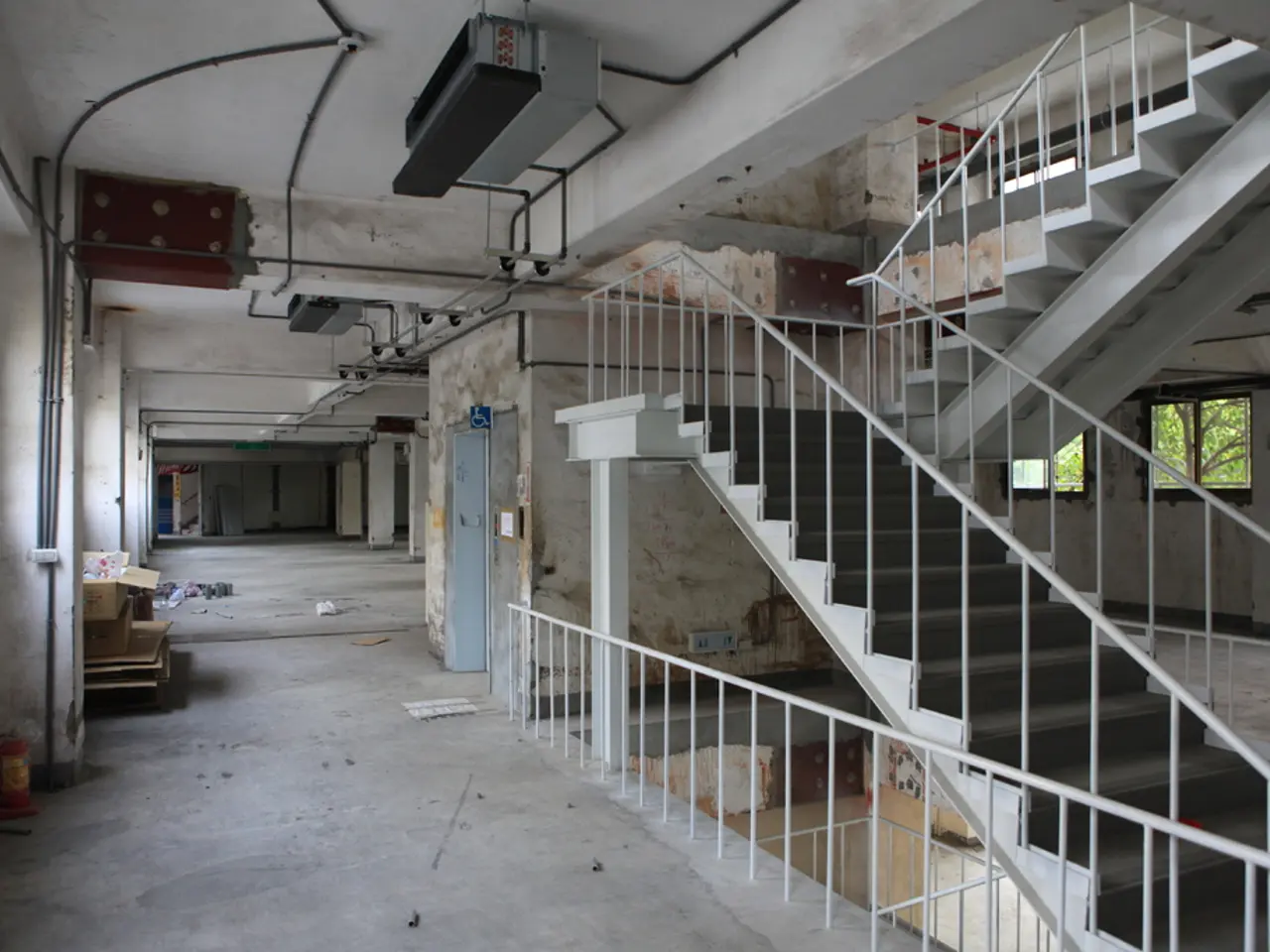Transforming Spaces for Fresh Air: The Role of Architecture and Interior Design in Promoting Healthier Environments
In the face of increasing air pollution and the growing importance of sustainability, the future of architecture and interior design is shifting towards prioritizing resilience, adaptability, and inclusivity. This new approach aims to create healthier indoor and urban environments, protect human health, and minimize exposure to air pollutants.
Smart systems are playing a significant role in this transition. During power outages, these systems automatically prioritize energy-efficient functions, ensuring that essential air quality mechanisms continue to operate. Interior designers, with their unique expertise, are crafting environments that promote healthier indoor air quality, incorporating features like air filtration systems, low-VOC materials, and biophilic elements, particularly beneficial for individuals with respiratory sensitivities.
Air pollution, both indoors and outdoors, poses a significant health risk globally. Climate events like wildfires, extreme heat waves, and increasing industrial emissions are exacerbating air pollution levels. To combat this, innovative interior design solutions are being developed. Airtight building envelopes, for instance, involve low-E glass, triple glazing, special coatings, detailed construction, and air leakage testing to ensure airtightness. Smart ventilation strategies, such as automated window systems, visual feedback systems, and passive design principles like cross-ventilation and stack ventilation, are also being integrated. Advanced technical systems, including energy recovery ventilation (ERV), heat exchangers, and high-performance filtration like HEPA filters and UV-C light integration, are essential components of these solutions.
Off-grid energy solutions, such as solar panels coupled with battery storage, are also being adopted to ensure uninterrupted power supply for these systems. Sustainability is further supported through the incorporation of features like rainwater harvesting systems, solar panels, and green roofs, promoting long-term resource conservation.
Extreme weather events like floods, hurricanes, and wildfires are becoming more frequent and intense. Resilient design aims to protect occupants and minimize damage during such events. Wind-resistant buildings feature aerodynamic shapes, reinforced materials, and secure roofing systems, while flood-resistant structures include elevated designs, flood barriers, and permeable landscaping. Ensuring thermal comfort in design involves efficient envelope design, leveraging passive cooling strategies like sun shading and natural ventilation, and addressing insulation and thermal storage.
The central question of prioritizing air quality by architects and interior designers is how to design and plan buildings and spaces that protect and improve human health by minimizing exposure to air pollutants and creating healthy indoor and urban environments. In India, the annual stubble burning in Punjab and Haryana continues to be a major contributor to air pollution in northern states, causing thick smog and health issues. Another noteworthy event occurred in Bengaluru in early 2024, where unseasonal rains mixed with pollutants led to a phenomenon known as "wet smog," causing a spike in respiratory issues.
Delhi, often ranked among the most polluted cities globally, faced a significant air quality crisis in late 2024 due to a combination of firecracker emissions, vehicular pollution, and stagnant weather conditions. These incidents underscore the urgency of integrating air quality considerations into architecture and interior design. This integration is a necessity due to health and well-being concerns, sustainability goals, regulatory and market trends, and future-ready design.
In conclusion, the future of architecture and interior design is about creating spaces that are not only aesthetically pleasing but also sustainable, resilient, and health-conscious. By prioritizing air quality, designers can contribute significantly to improving public health and promoting a more sustainable future.






